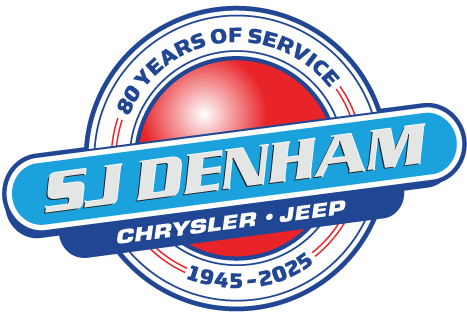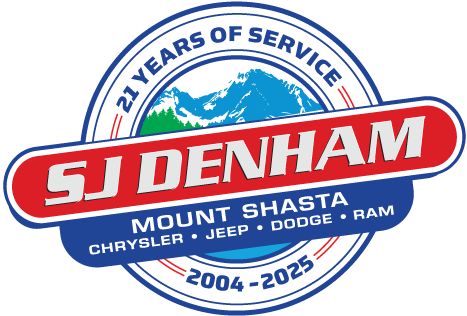Winterizing Your Vehicle: Wipers, Belts and Fluids

Over the past two weeks we explored the importance of winterizing your brakes and tires and traction system. This week, we’re going to talk about the importance of inspecting your vehicle’s wipers, belts and fluids before winter sets in.
Engine Oil
Viscosity refers to how thick or thin a fluid is, including engine oil. Temperature changes the thickness of oil, and as temperatures drop, oil thickens. If the oil is too thick, the engine does not get proper lubrication. Consequently, it doesn’t run efficiently.
“Most vehicles are required to use a certain oil viscosity weight,” says Dale Comer, SJ Denham Service Advisor. In some areas of the country, a thinner oil may be used, but “in our region of the world, the weight of oil that you would normally use in spring, summer or fall will be the same as what you would use during winter.”
Wiper Blades and Fluid
Visibility is key to safe winter driving. Because windshield wiper blades are made of a thin rubber material that’s expected to withstand extreme temperatures and work for hours at a time during the wettest months of the year, it’s no surprise they last a mere 6 months to a year. If it’s been a while since you last replaced your wiper blades, now is a good time to do so.
While you’re at it, check the wiper fluid and make certain your wiper fluid reservoir is topped-off. If you live at a higher elevation, or know you’ll be driving in harsh conditions, you might want to consider adding de-icer to your wiper fluid.
Antifreeze Mixture
Anti-freeze, or coolant, keeps engine temperatures stable under extreme climate and driving conditions; without it, radiator fluid would turn to ice during winter and could reach a boiling point in areas with the highest summer temperatures.
“Most vehicles use a 50:50 mix of coolant and distilled water which makes it good to about 30 below zero,” says Dale. But coolants can wear out. “Most coolants today are five-year coolants, so it’s good to have it checked within this time period or every 50,000 miles.”
Belts and Hoses
“Belts and hoses deteriorate from the inside out,” says Dale. “The best time for inspection is during an oil change.” Firmness should be checked to make sure their integrity is not compromised. Tell-tale signs that replacement is needed are cracks in belts and swelling of hoses.
Although belts don’t have a mileage replacement recommendation, Dale says hoses should be replaced every five years.
Remember, it’s always best to be prepared. You don’t want to find yourself with old, ineffective wipers, an iced-over windshield or a frozen radiator when the first winter storm rolls into town.
Click here to take advantage of SJ Denham’s wiper blade offer -- all makes and models, sale priced at just $9.95, including installation!
As always, if you have a question or concern, we’re here to help. Head north to SJ Denham Chrysler Jeep and Tire Center on North Market Street in Redding and North to SJ Denham Chrysler Jeep Dodge Ram in Mount Shasta. See you soon!

